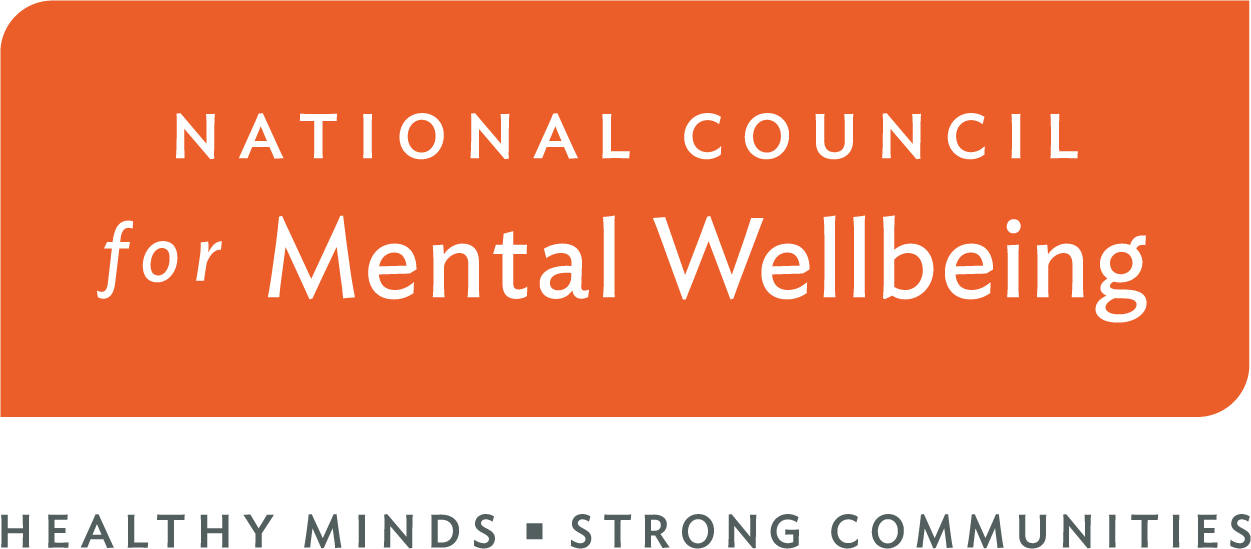When looking back at the past month, it is clear that the novel coronavirus (COVID-19) has drastically changed our lives. The way we work now incorporates new safety measures and personal protective equipment, social distancing and, in some cases, remote connection. Everyone is at home now; some are working, while others are facing loss of employment. Many are concerned with financial uncertainty and insecurity, and we are all wondering what “normal” will look like when this is over.
As we band together across the country and work to get through this, we recognize that each person’s – and each community’s – experience is different. During this public health crisis, LGBTQ+ communities have their own unique strengths and challenges. Having already suffered tremendous loss during the AIDS epidemic, we also gained a strong sense of solidarity and enormous political power. While COVID-19 affects everyone, it has certain implications for our community members.
We have specific medical and social needs: Some of us are living with HIV; some are in, or are seeking recovery from, addiction; some are in various processes of gender identity and/or transitioning; some are experiencing isolation, depression and suicide ideation; and more. For many of us, access to care may appear to be as available as it once was, or we may feel like our needs take a backseat in the current health environment. On top of all of this, we have community members who have been directly hit by COVID-19.
While LGBTQ+ people of all ages have been affected by the coronavirus, we are especially struck by its impact on our young people, some of whom may be in various stages of coming out or transitioning. The lives of college students, in particular, have been disrupted entirely as campuses have shut down and semesters are being completed via online coursework.
For many LGBTQ+ students, going away to college provided them with resources, social networks and a safe space to explore their sexual and gender identities. With that supportive environment abruptly removed, many LGBTQ+ students are currently back home with families who may lack the information or skills to fully support their child or sibling. Further, some of these young people may not be ready to share aspects of their newly informed identities and experiences.
The good news is that there is light at the end of the tunnel. Not just for our young people, but for everyone in our community. Through technology, tools are increasingly available online. New resources are popping up daily, offering help with social support, health and wellness, financial assistance and delivering updated information. Here are a few specific to LGBTQ+ communities:
- National Center for Transgender Equality created a toolkit to help trans people stay safe.
- National LGBT Cancer Network created a toolkit for those living with cancer at this time.
- Individual cities have put together resources to support their LGBTQ+ population and are now offering virtual or telephonic support. For example:
- Groups like them., a New York-based LGBTQ+ news source and resource center, have also put together best practices in getting care and finding resources during the pandemic.
- The Trevor Project has put together a list of resources for LGBTQ individuals during COVID-19. If you or someone you know is feeling hopeless or suicidal, contact the TrevorLifeline 24/7 at 1-866-488-7386. Counseling is also available 24/7 via chat at TheTrevorProject.org/Help, or you can text 678-678.
Bottom line: There is help out there, and we want to connect people with helpful resources.
Finally, the National Council for Mental Wellbeing has put together Interest Groups – open to National Council members and the general public – to help share resources and best practices with our communities. For example, the LGBTQ+ Interest Group has an advisory group that represents different regions and LGBTQ+ communities, and we continue to meet and share resources, like original content, webinars and presentations.
In the meantime, as we continue to be inundated with data around large populations, let’s remember that one individual may be experiencing hardship that existed prior to COVID-19, which is exacerbated by the current climate.
If you have helpful LGBTQ+ resources to share from your state or city, please reach out to us, and we will share them broadly.
Guest Authors
Executive Director and a National Council board member
California Council of Community Behavioral Health Agencies and a National Council board member
Michael Carrone
Director of Healthcare Transformation
